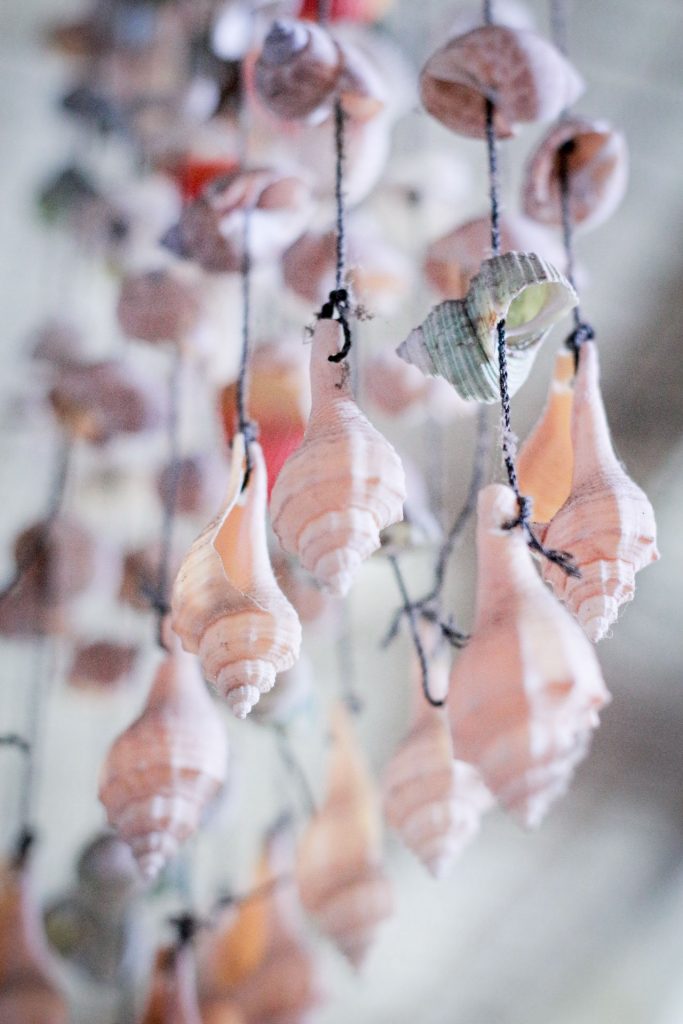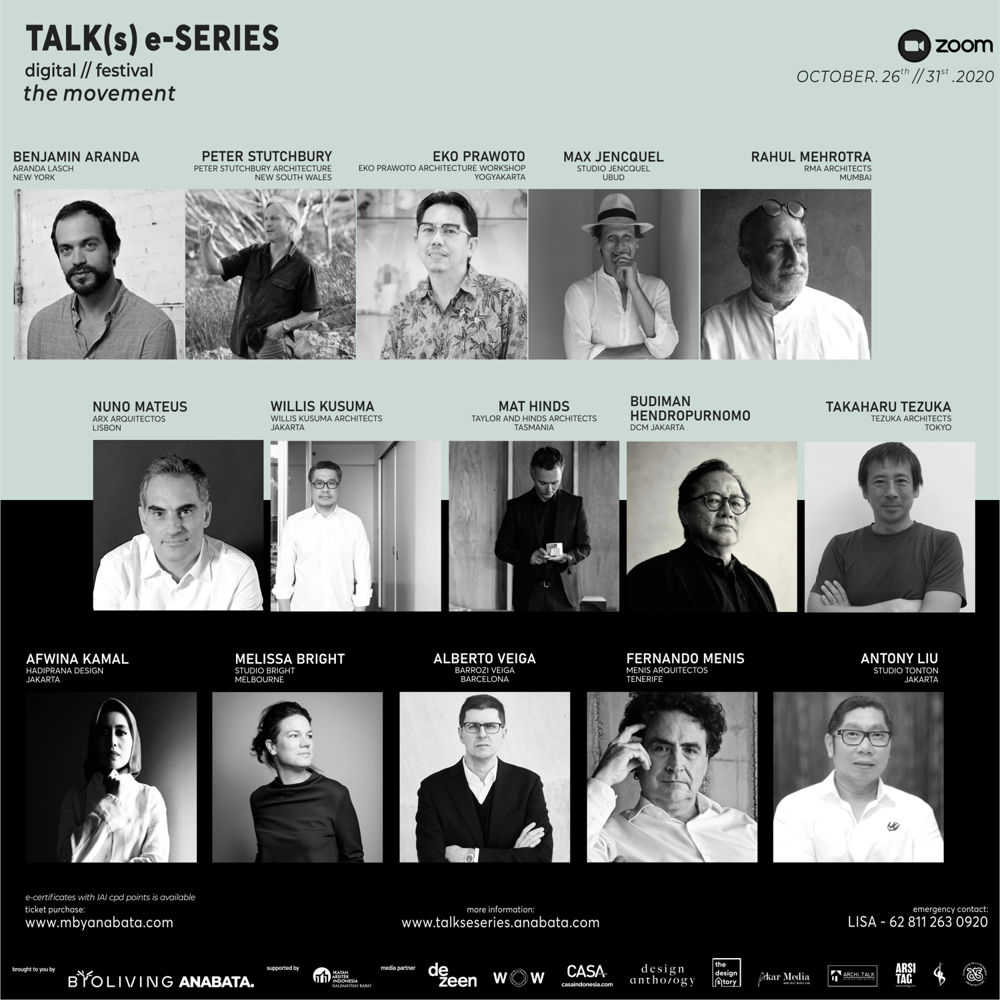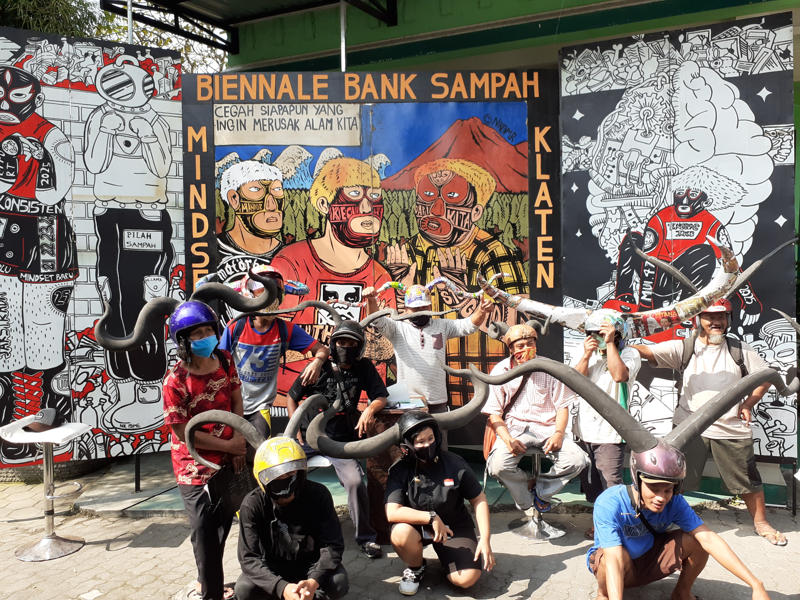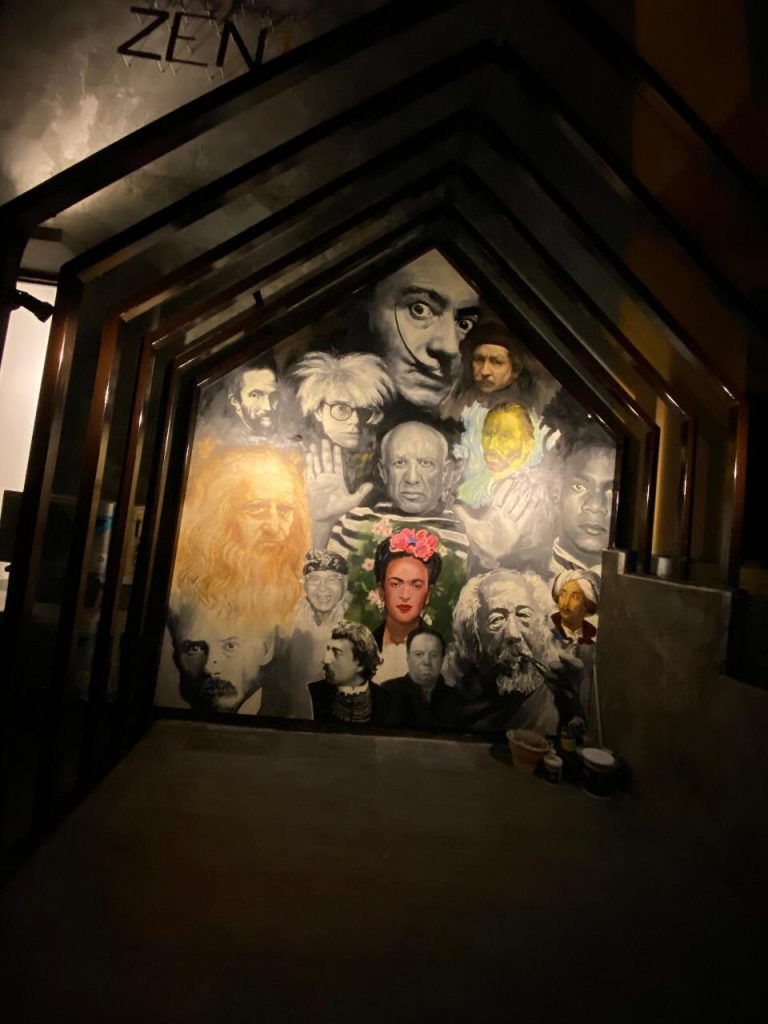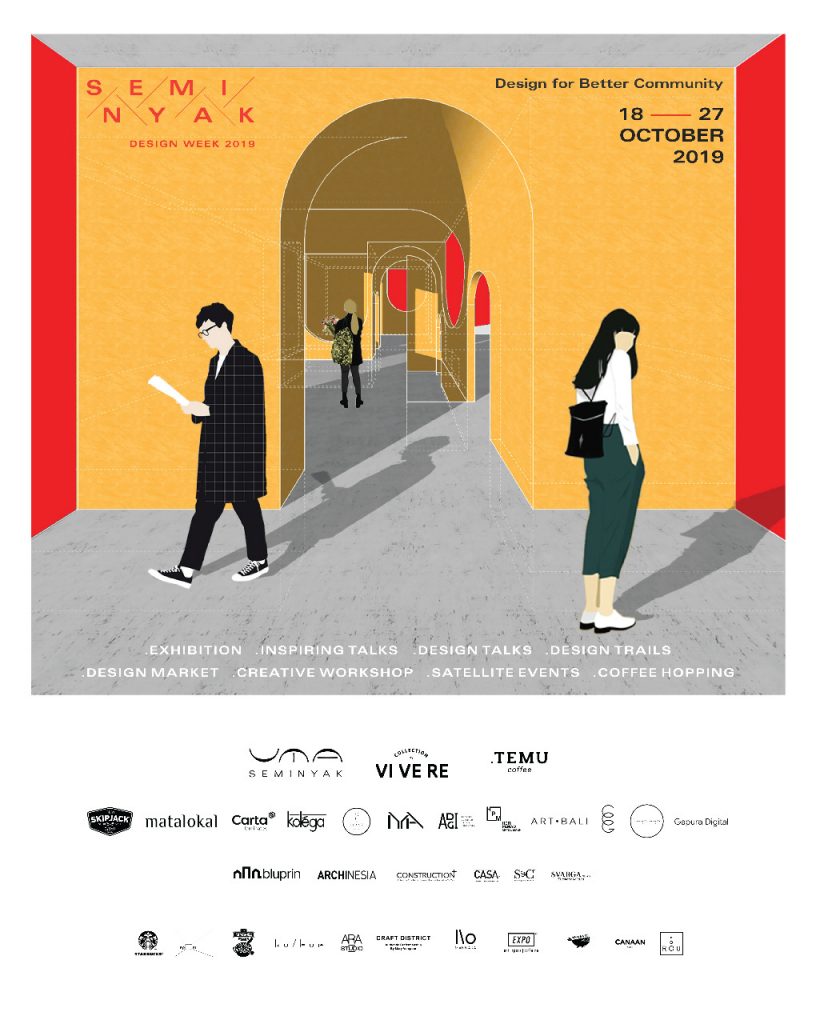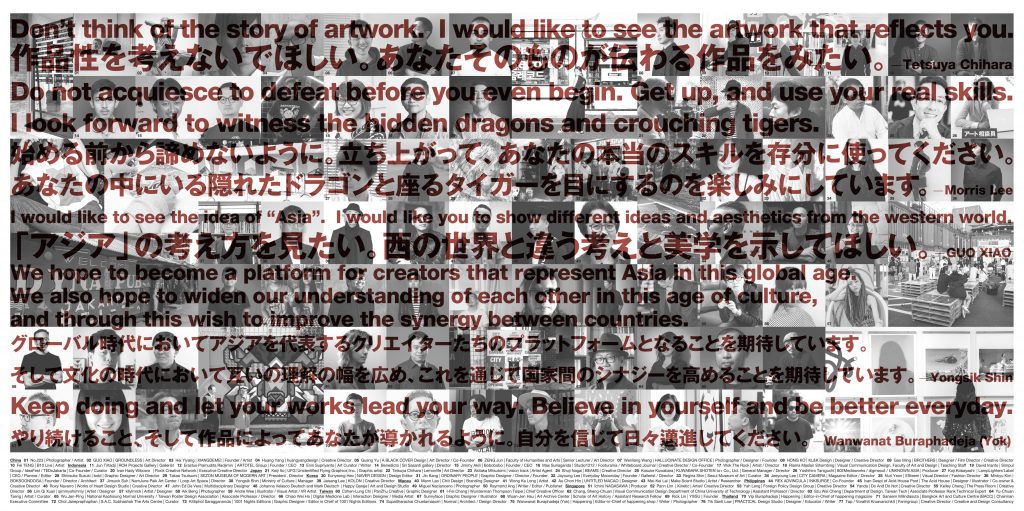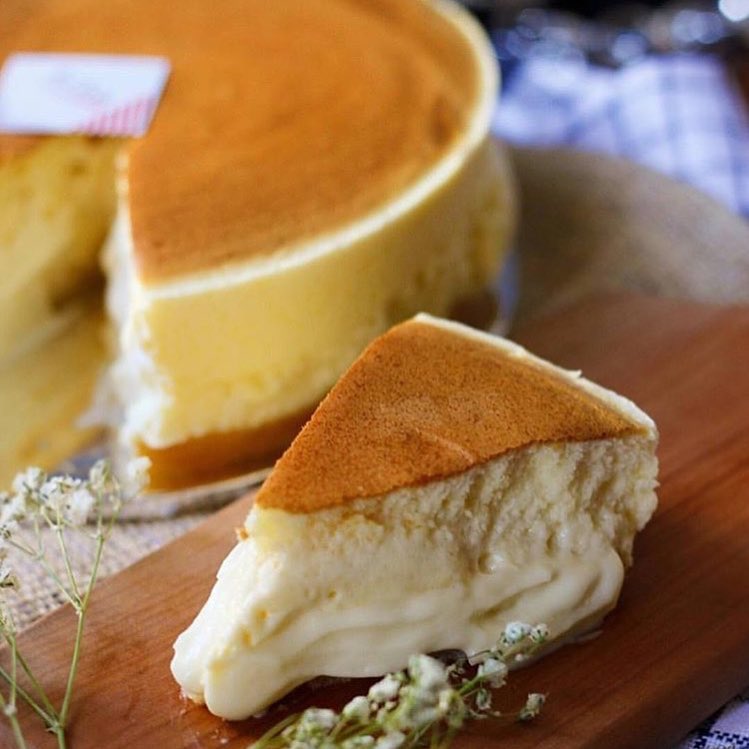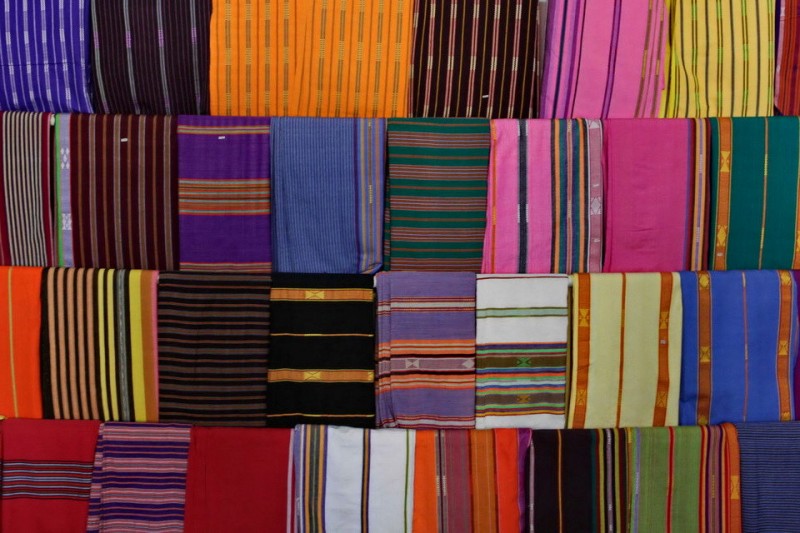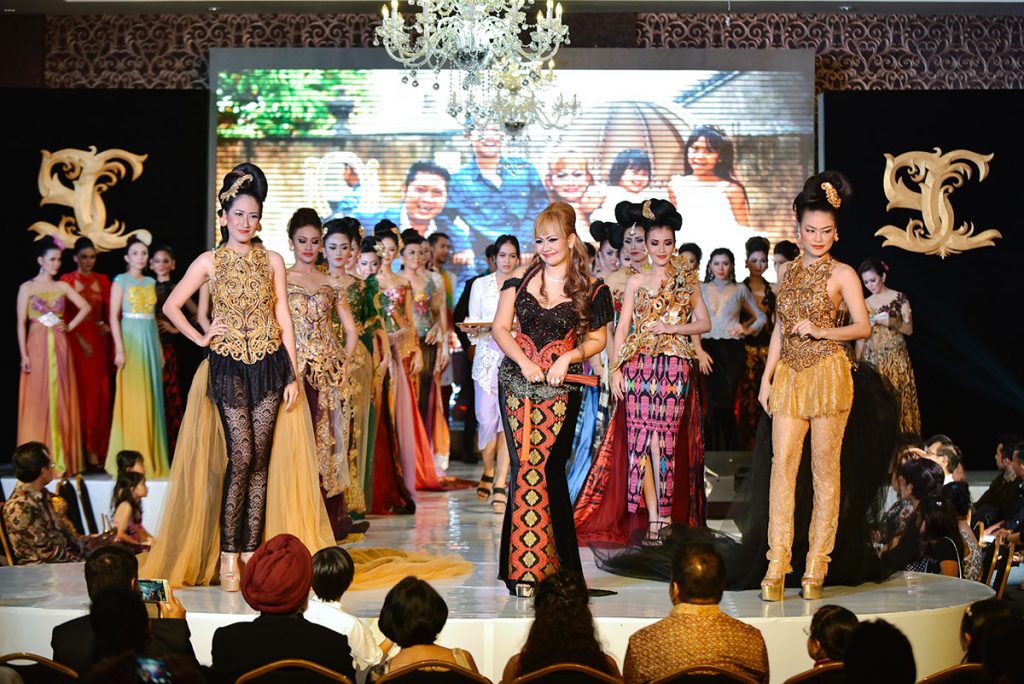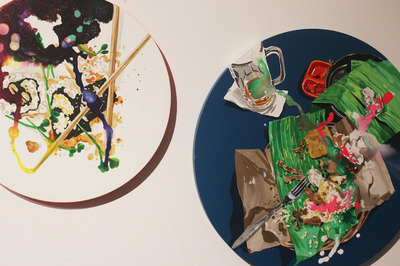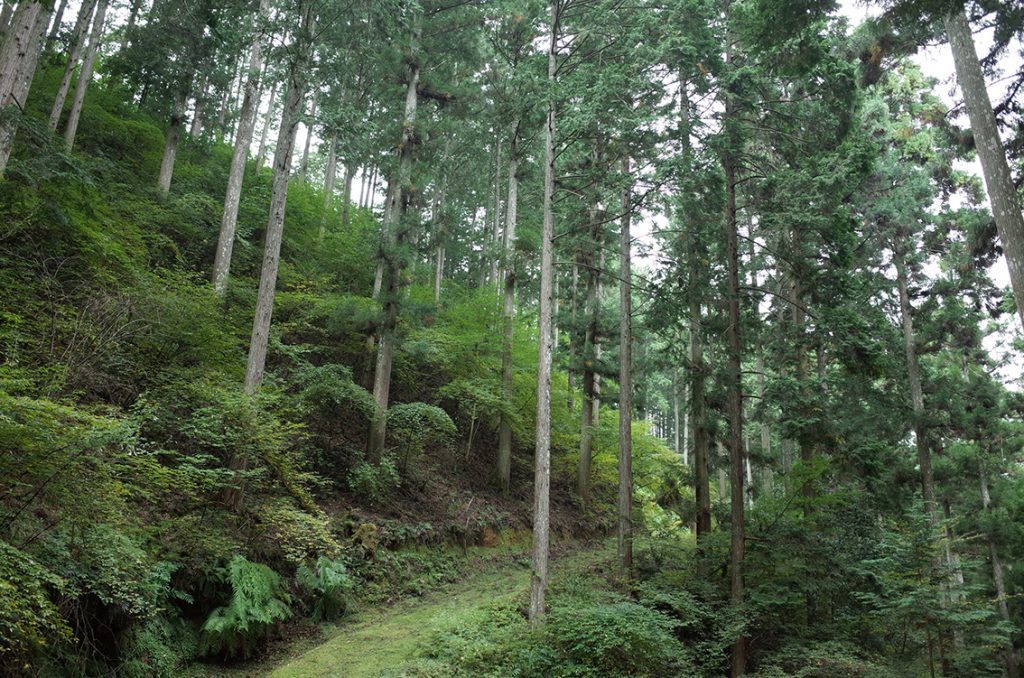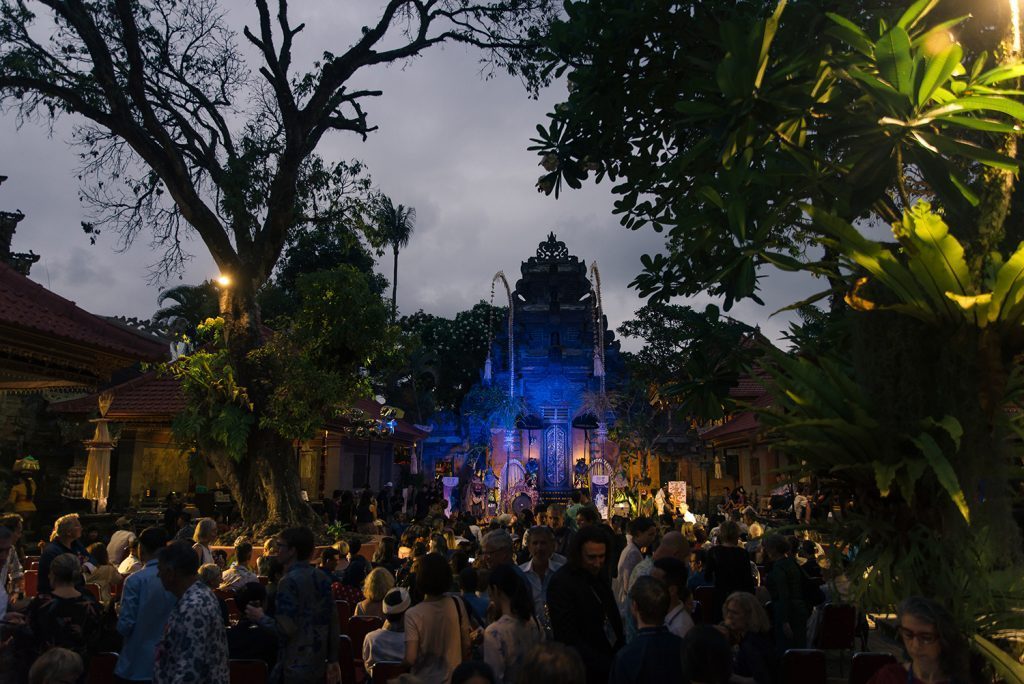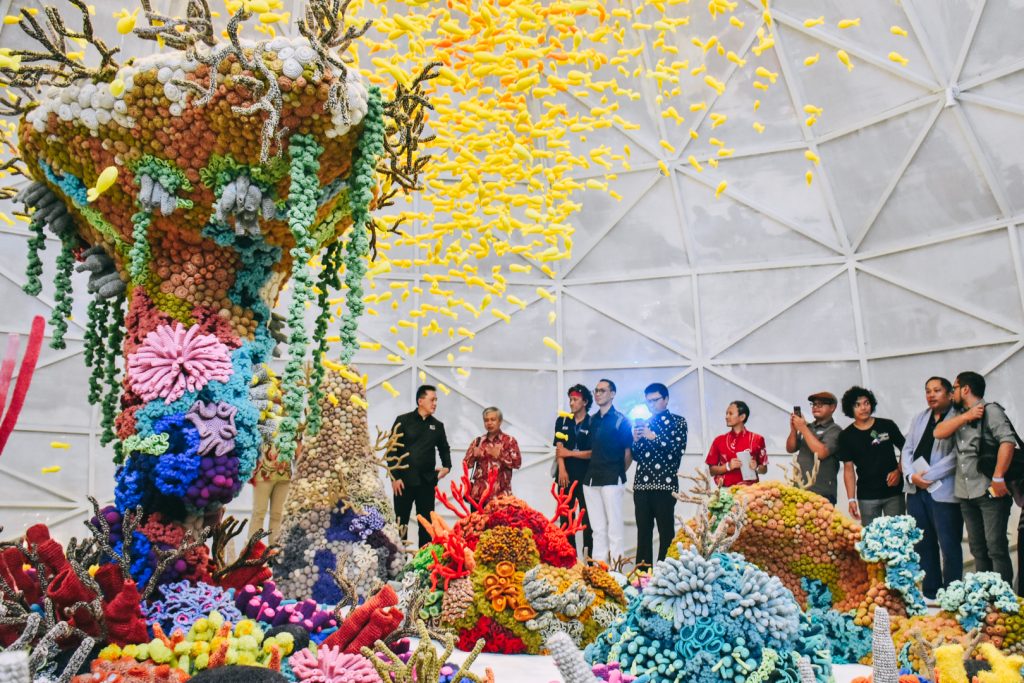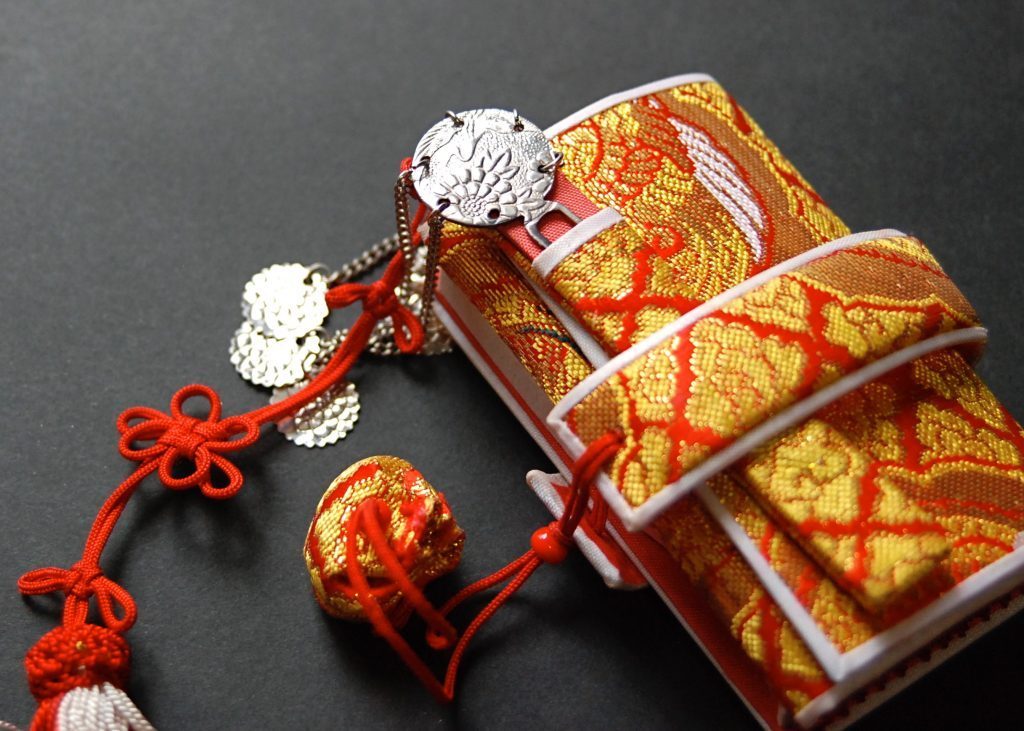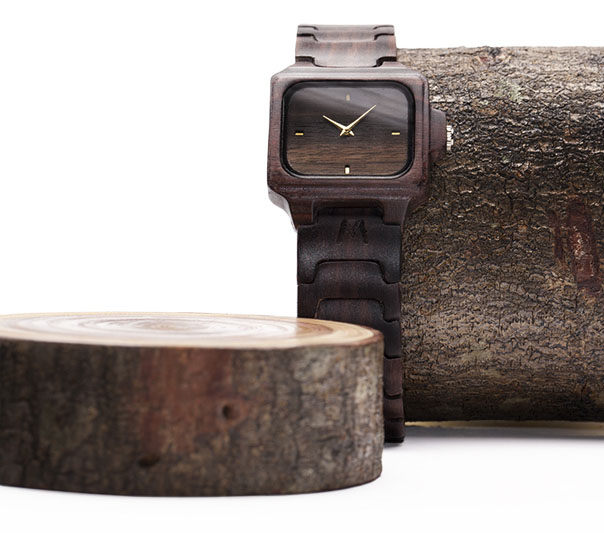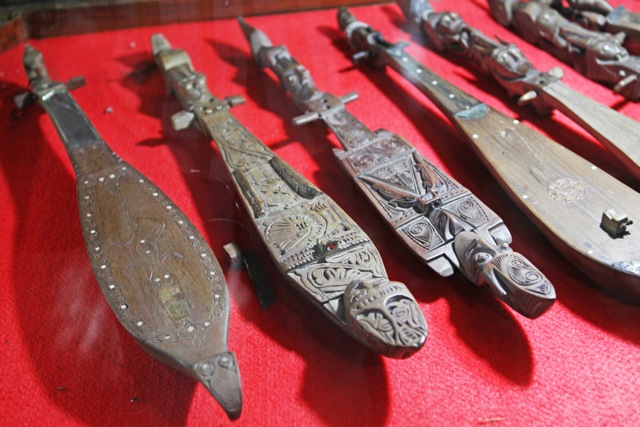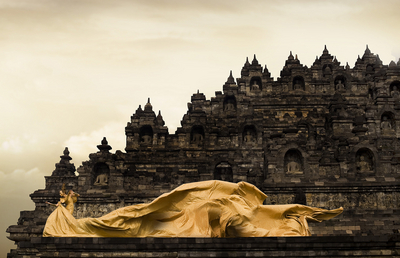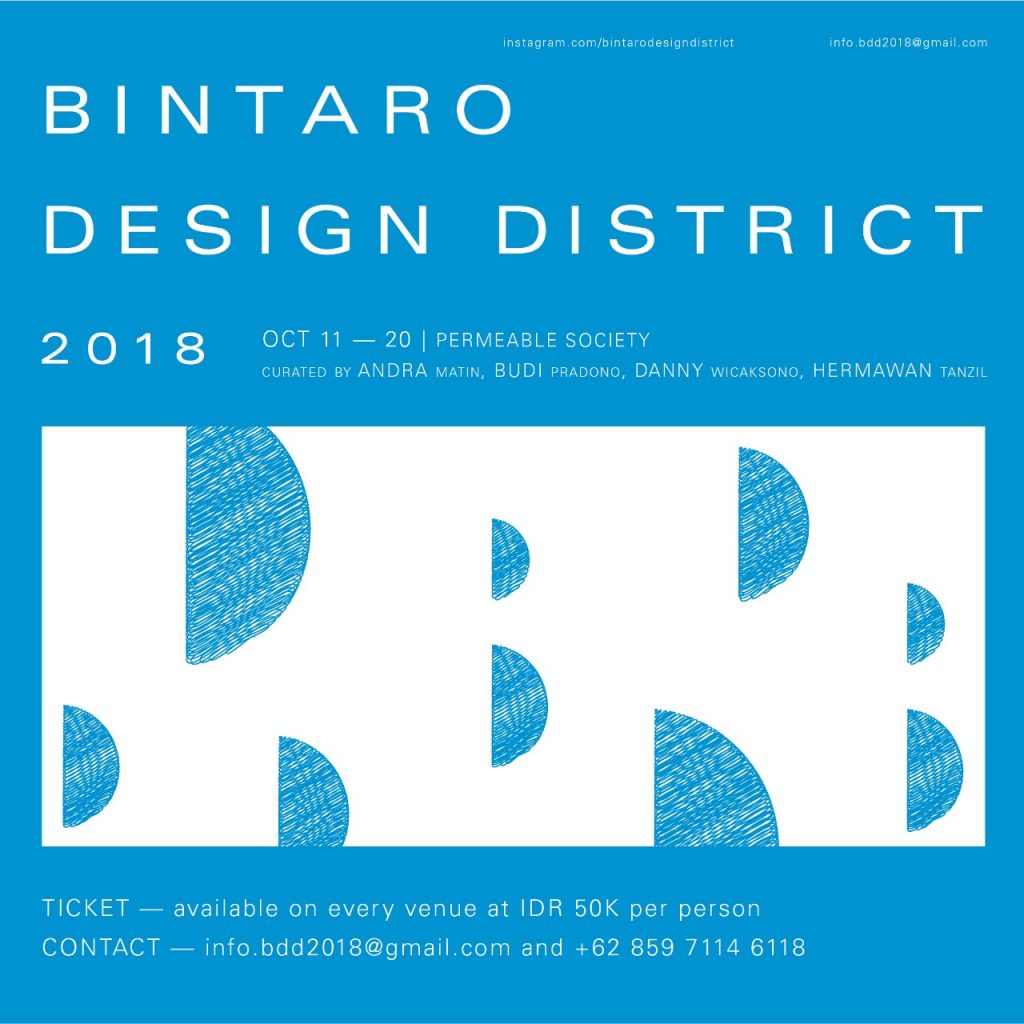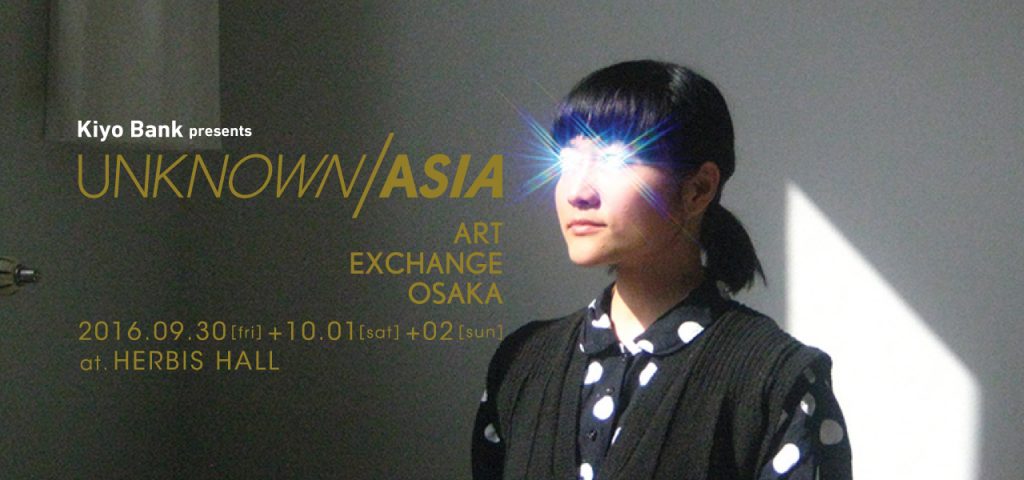Semua
- Gaya Hidup
- Mode/Busana
- Kecantikan
CERITA KACA Perjalanan Seni Lukis Kaca Indonesia
CERITA KACA Perjalanan Seni Lukis Kaca Indonesia 3 Februari 2024 16.30 Dia.Lo.Gue Artspace Jl Kemang Selatan 99a Jakarta 12730 Dibuka oleh: Dian Sastrowardoyo Pertunjukkan Musik: BalarunaCERITA KACA tidak hanya ingin...
Announcement of guest creators from Indonesia for Unknown Asia Art Exchange Osaka 2019
Pemeriksaan Portofolio Unknown Asia 2019 diadakan di Jakarta, Indonesia pada 17 Maret yang lalu. Kami ingin mengumumkan bahwa keputusan telah diambil. Tempat untuk tahun ini kembali diadakan di Dia.Lo.Gue, ruang seni di...
Komunitas Cinta Berkain Bali
Menyemangati Perempuan Indonesia untuk Berkain Nusantara Apa yang ada benak anda saat ini ketika melihat kain sebagai salah satu busana sehari-hari? Di era modern ini, kain tradisional semakin lama eksistensinya tergeser oleh...
- Fotografi
- Edukasi
Perhimpunan Fotografer Bali “Launching” SFI Ke-40 – Usung Tema Perayaan Seni Foto.
PERHELATAN Salonfoto Indonesia (SFI) ke-40 secara resmi di-launching di Denpasar Art Space, Jumat (26/4) kemarin. Tahun ini, Perhimpunan Fotografer Bali (PFB) yang merupakan komunitas fotografer tertua di Bali untuk...
Musim azalea pegunungan terbaik yang akan datang di Mt. Tokusenjo, Kesennuma. Ayo berangkat ke Tohoku, Jepang!
Mt. Tokusenjo adalah gunung setinggi 711 meter di Kesennuma selatan, rumah bagi lebih dari 500.000 semak azalea. Perjalanan pendakian pulang pergi selama 2,5 jam yang mudah di sepanjang jalan yang dilapisi dengan azalea gunung...
- Bali
- Jawa
- Jepang
Opening – Closing Festival Tepi Sawah: Dari Dendangan Jawa hingga Fushion Kontemporer
Semakin malam, Festival Tepi Sawah pun semakin meriah dengan jamming dari berbagai artis lokal. Di senja hari, acara dibuka dengan sambutan oleh Nita Aartsen, satu dari 3 founder Festival Tepi Sawah 2019. Dalam sambutannya, dia...
Pameran karya-karya pilihan koleksi Galeri Nasional Indonesia di Bandung
Galeri Nasional Indonesia bekerja sama dengan Pusat Pengembangan Kebudayaan Bandung dan Galeri Soemardja ITB Menyelenggarakan : BALIK BANDUNG Pameran karya-karya pilihan koleksi Galeri Nasional Indonesia di Bandung...
9 Februari 2019 [Sabtu] – 24 Maret [Minggu] SANRIKU INTERNATIONAL ARTS FESTIVAL 2019
Pesisir Pantai Sanriku Jepang, yang mana telah dilanda Gempa Bumi Besar Jepang Timur, adalah harta karun seni pertunjukan rakyat. Tidak ada tempat yang menyerupai Wilayah Sanriku. Di Fukushima, Miyagi dan Prefektur Iwate saja,...
Desain
PopulerJAM TANGAN KAYU Buatan Indonesia
MATOA INDONESIA , Perhatian Desainer muda Ilham Pinastiko, Menggunakan kayu Indonesia, Desain...
Produk
TerbaruBINTARO DESIGN DISTRICT 2018, PERMEABLE SOCIETY, 11-20 OCT 2018
BINTARO DESIGN DISTRICT 2018, PERMEABLE SOCIETY Pameran, Open House, Open Architecture, Instalasi,...




